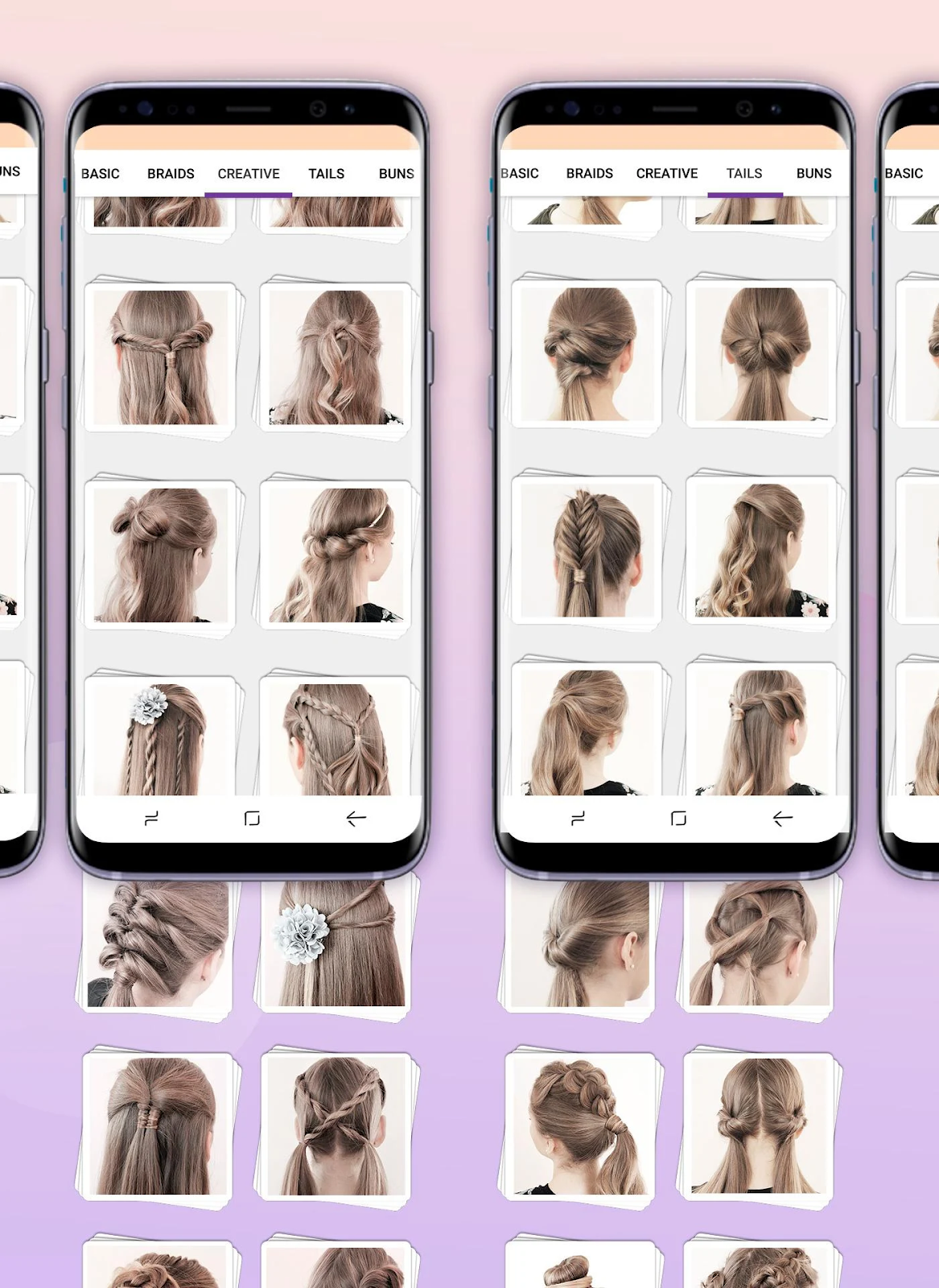Welcome to Pixalate’s CTV & Mobile App Manual Reviews According to COPPA, a series containing the detailed factors the Trust & Safety Advisory Board educators used to assess an app’s child-directedness.
The educators manually review thousands of mobile apps available in the Google Play & Apple App Stores as well as connected TV (CTV) apps from the Roku Channel Store and Amazon Fire TV App Store using the COPPA Rule factors shown below & make those results available to the public at ratings.pixalate.com.
This post takes a look at a popular mobile app on the Google Play Store. Our reviewer discusses how the subjective factors set forth in the COPPA Rule apply to the app and factor into the reviewer's determination as to whether the app is child-directed or general audience (i.e., it is not targeting children).
Manually reviewed in this post
This Week’s Reviewer: Tabitha Walker

The 10 COPPA Rule factors
The teacher will indicate the factors they relied upon in their assessment using the 10 factors shown below that reflect the 10 child-directed factors in the COPPA Rule.

Manual Review: Hairstyles Step by Step
Likely audience after manual review
.png?width=190&height=60&name=Mixed%20Audience%20(1).png)
- Developer: Piu Piu Apps
- Bundle ID: com.piupiuapps.hairstyles
- Privacy Policy
- Tabitha’s take: Step by step photo instructions on how to create simple and complex updos and braided hairstyles.
COPPA factors used to determine audience
 and
and  and
and 
This mixed audience app gives step by step photo instructions on how to create numerous hairstyles. While there is one specific section of kids hairstyles, most of the hairstyle tutorials are for both adults or children. The models are only seen from the back but do appear to be younger, appealing to the children using the app. The photos show a model having her hair done, indicating that the most common way to use the app is likely one person doing another person’s hair. While adults would likely be able to translate this to doing their own hair, children will most likely be using this app with parents, siblings, or friends.
 and
and 
The app itself has limited text, relying on photos to give the step-by-step tutorials on how to complete the different hairstyles. This appeals to younger children that may have difficulty reading and following text instructions. The description in the app store uses the word “girl” in several places and mentions “school hairstyles” to indicate the developers intended children to use this app. While the description mentions “women” twice, the use of language such as “cool hairstyles for girls and women” does appeal slightly more to younger users. The language of the description and the lack of text within the app indicates a target audience of both children and adults.

The reviews indicate that this app is used by parents and children together or older kids, teens, and adults on their own. This app has a US rating of E and a European PEGI rating of 3 and up.

Upon opening the app the user must agree or disagree to personalized ads. Hidden in the fine print is that by agreeing the user is certifying that they are over 16, however the app does not not ask the user for a date of birth. Video ads play when you open a new hairstyle and banner ads are at the bottom of the screen. Advertisements are for common household items, clothing, mobile apps, and other non-child focused products.
Privacy
According to the privacy policy which was last updated on July 23, 2018, the developer states, “We do not collect any Personal information from and about you. However, according to the Data Safety information for the app in the Google Play store, the app may collect and share approximate location information with third parties. The privacy policy also states that some of the developer’s apps are targeted to children and that information is “specified in the Google Play or AppStore publishing information.”
Screenshots for Hairstyles step by step:



About Pixalate’s Trust & Safety Advisory Board
Pixalate’s Trust and Safety Advisory Board was created to bring in individuals with experience using child-directed apps in the classroom to review and assess which apps are child-directed. This manual review process serves to quality check Pixalate’s automated review process. See our full methodology for more information.
Disclaimer
This blog post published by Pixalate is available for informational purposes only and is not considered legal advice. By viewing this blog post, the reader understands and agrees that there is no attorney-client relationship between the reader and the blog publisher. The blog should not be used as a substitute for legal advice from a licensed professional attorney in the applicable jurisdiction(s), and readers are urged to consult their own legal counsel on any specific legal questions concerning any specific situation. The content of this blog post reflects Pixalate's opinions with respect to factors that Pixalate believes may be useful to the digital media industry. Pixalate's opinions are just that, opinions, which means that they are neither facts nor guarantees; and this blog post is not intended to impugn the standing or reputation of any entity, person or app, but instead, to report findings pertaining to mobile and Connected TV (CTV) apps.




.png?width=190&height=60&name=Mixed%20Audience%20(1).png)



